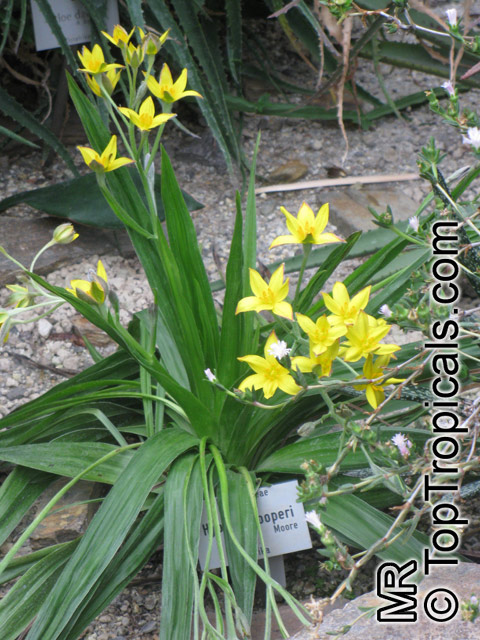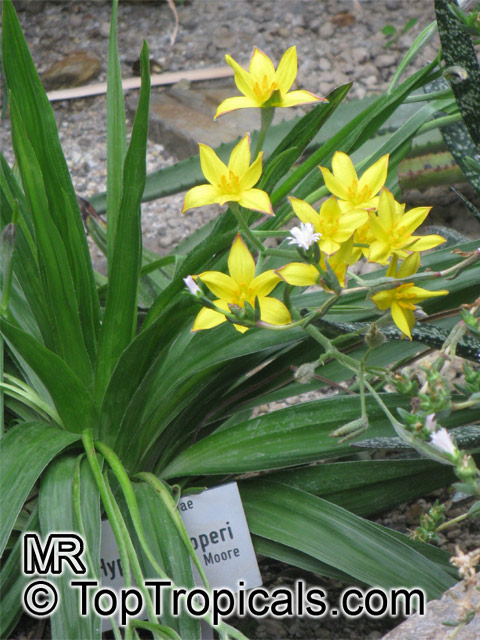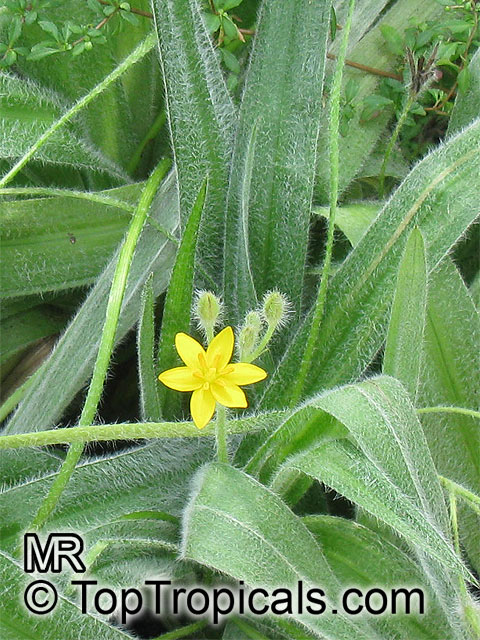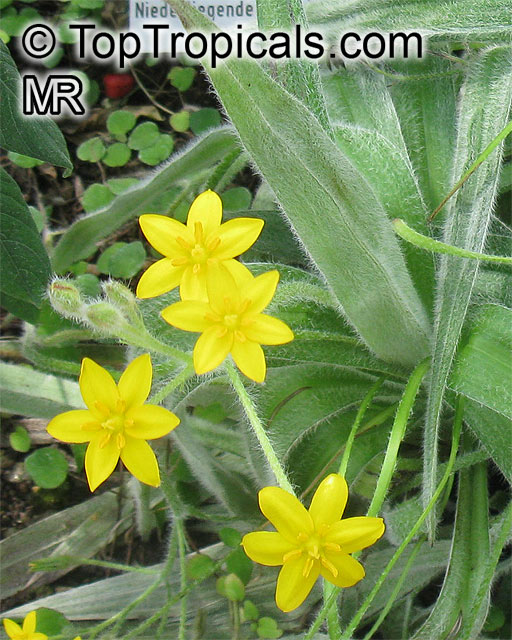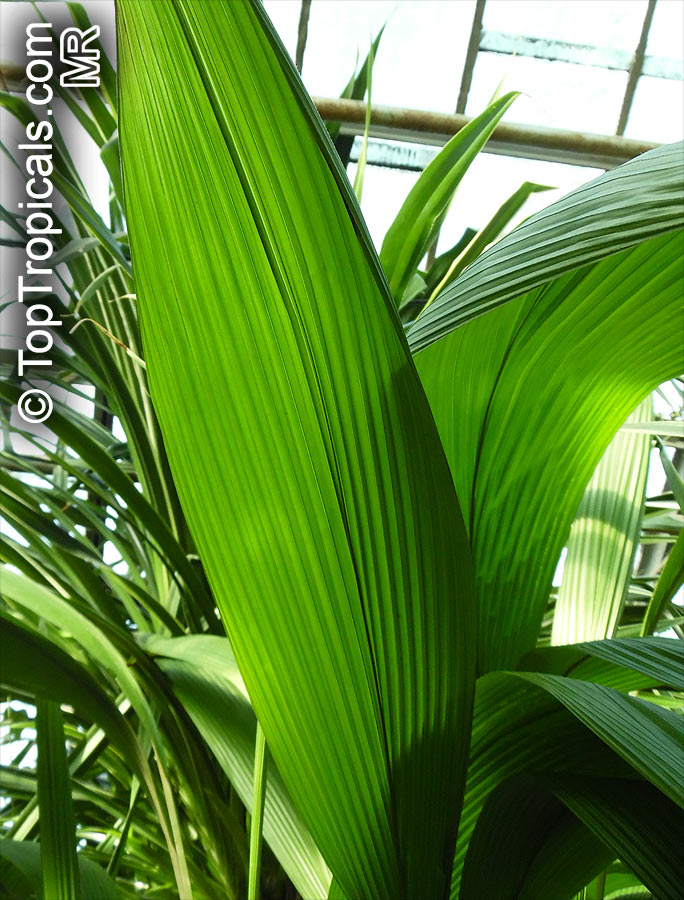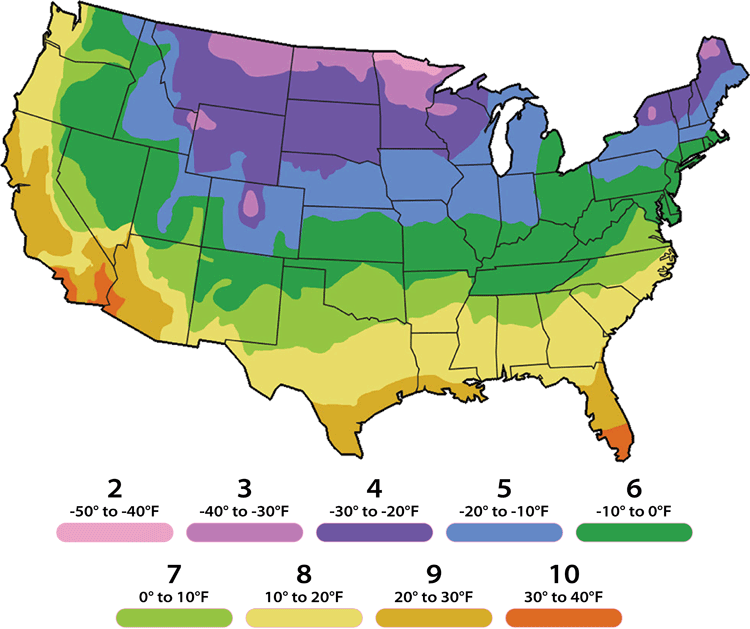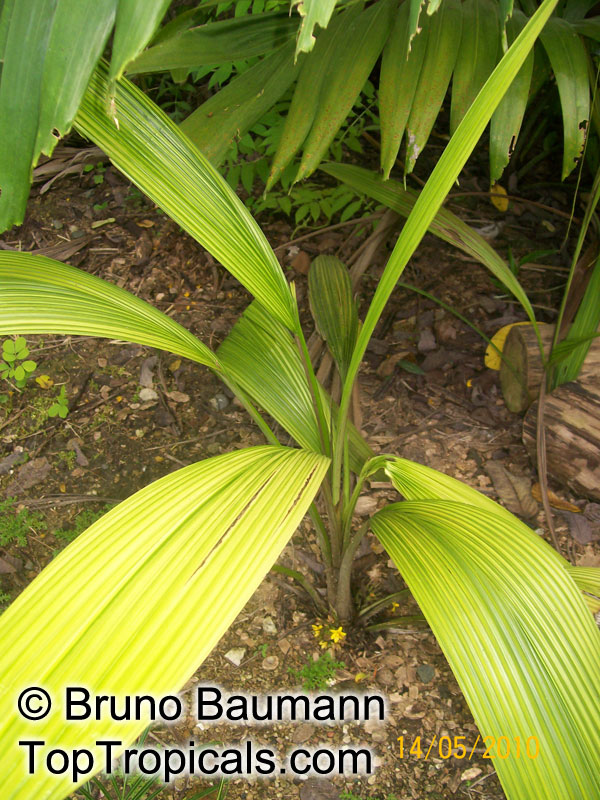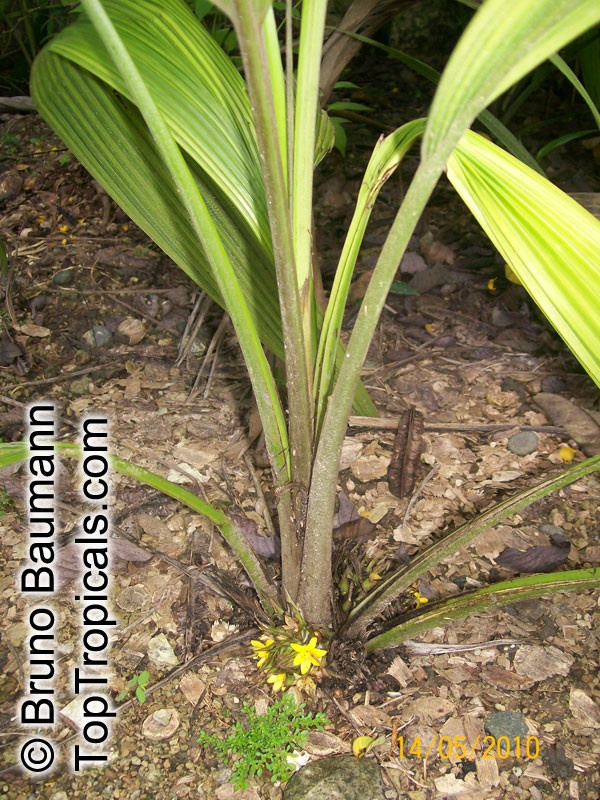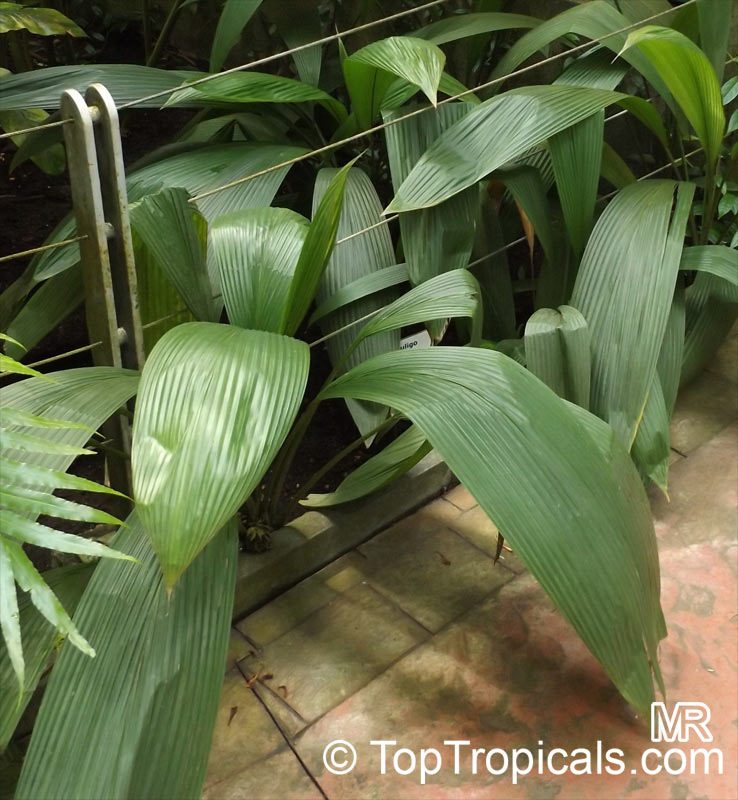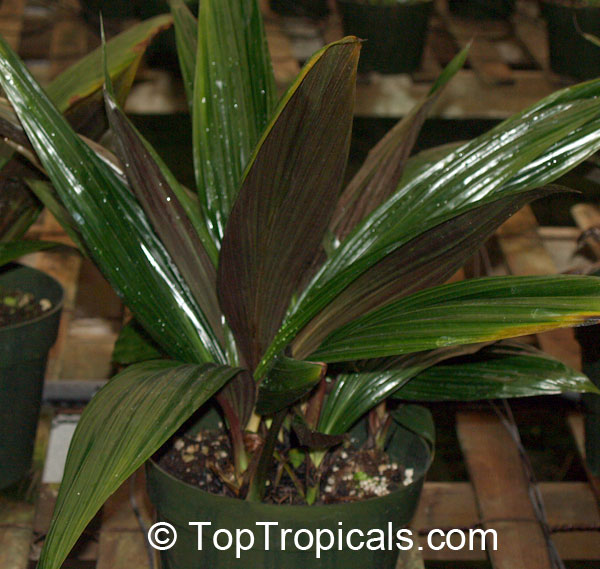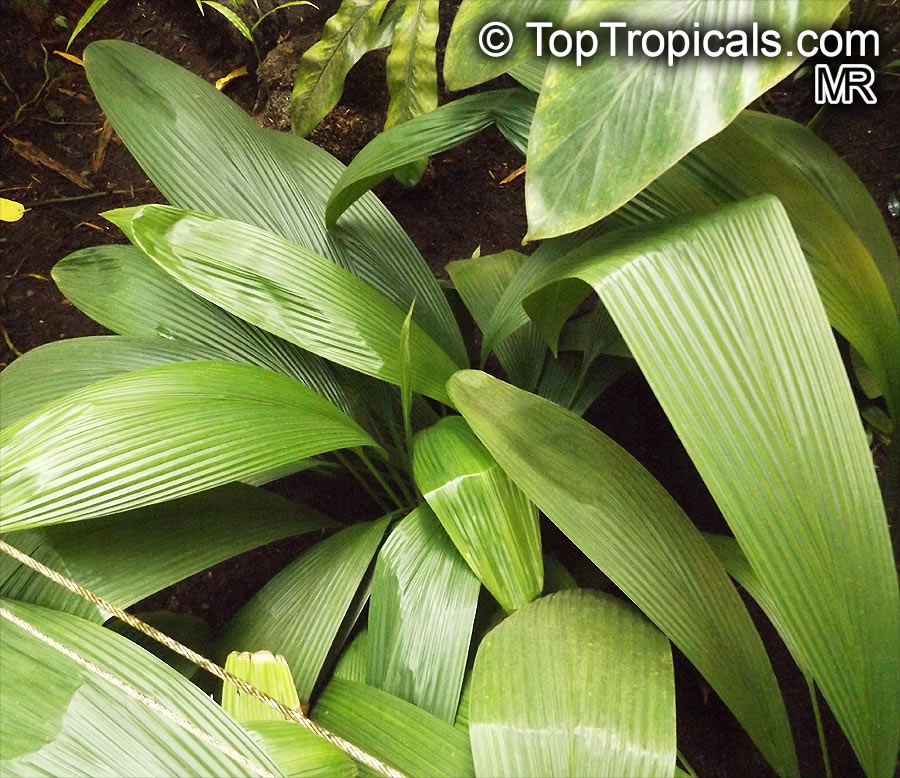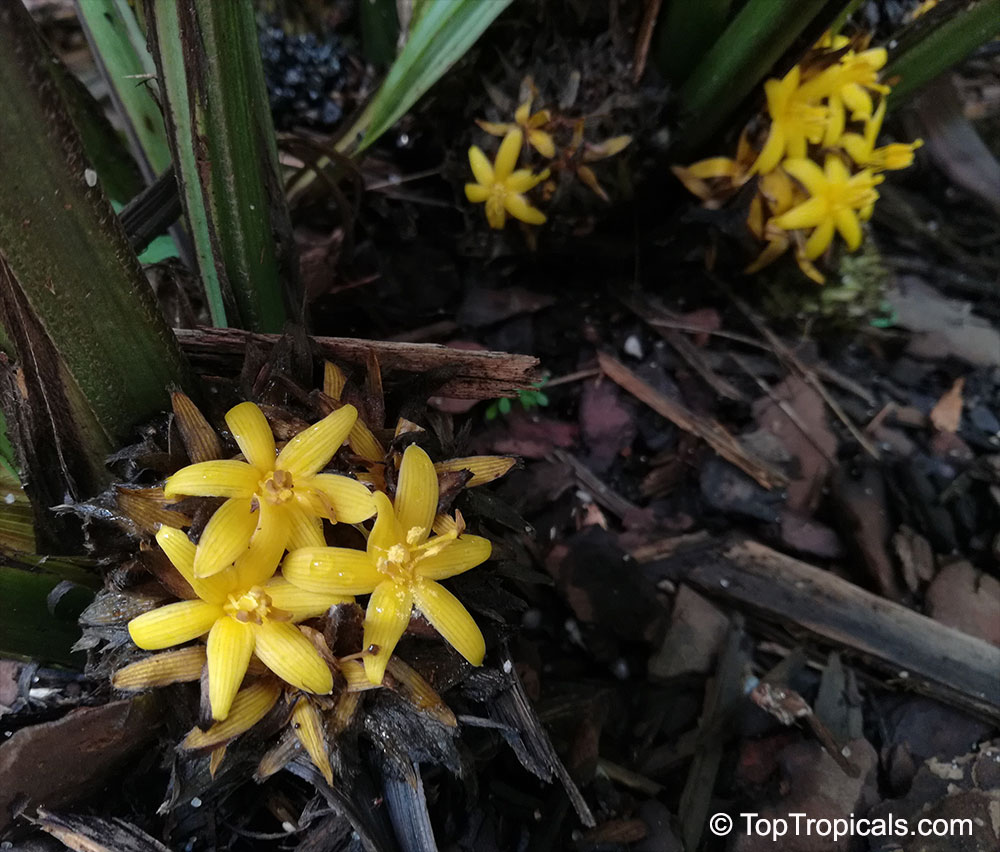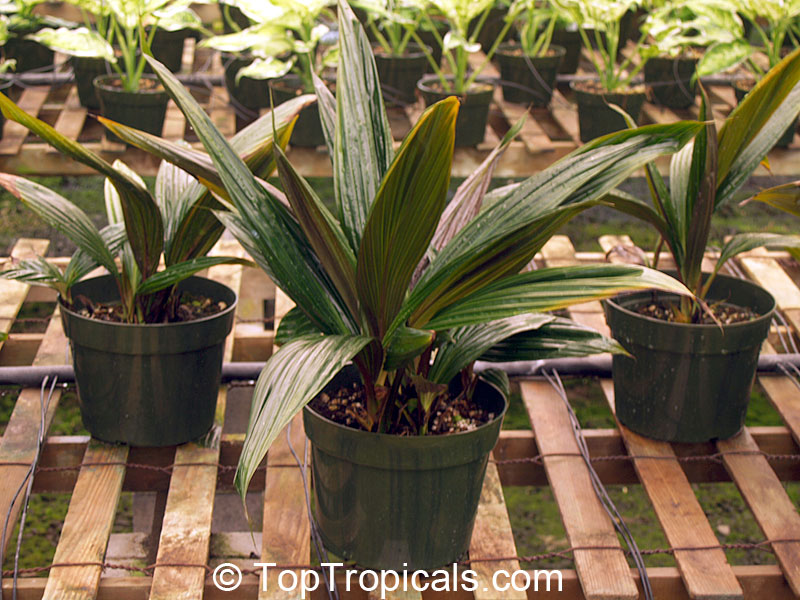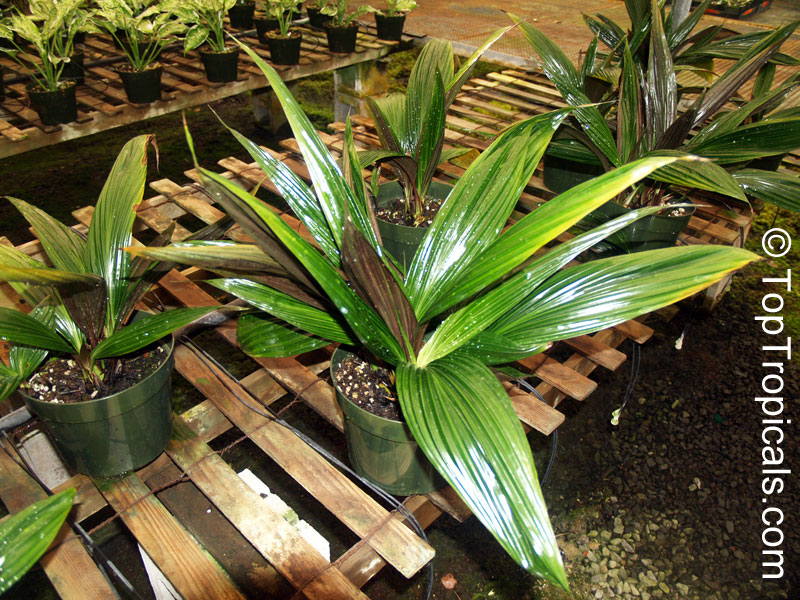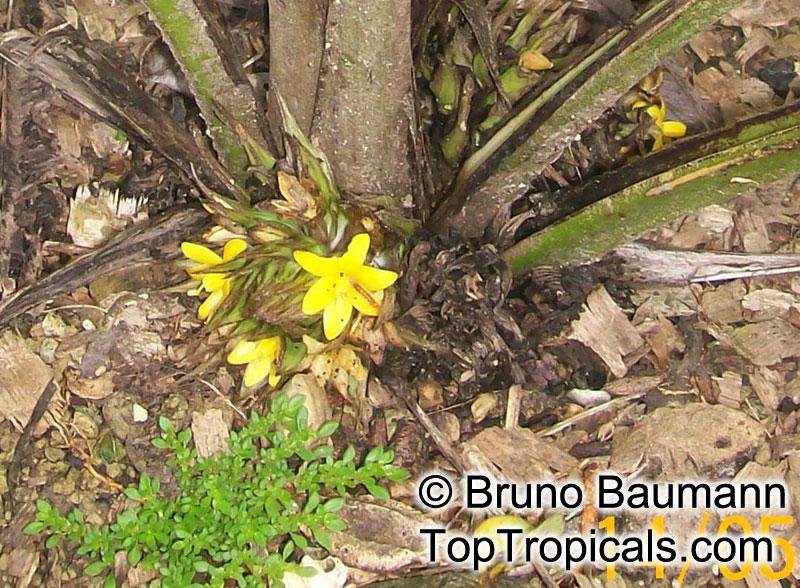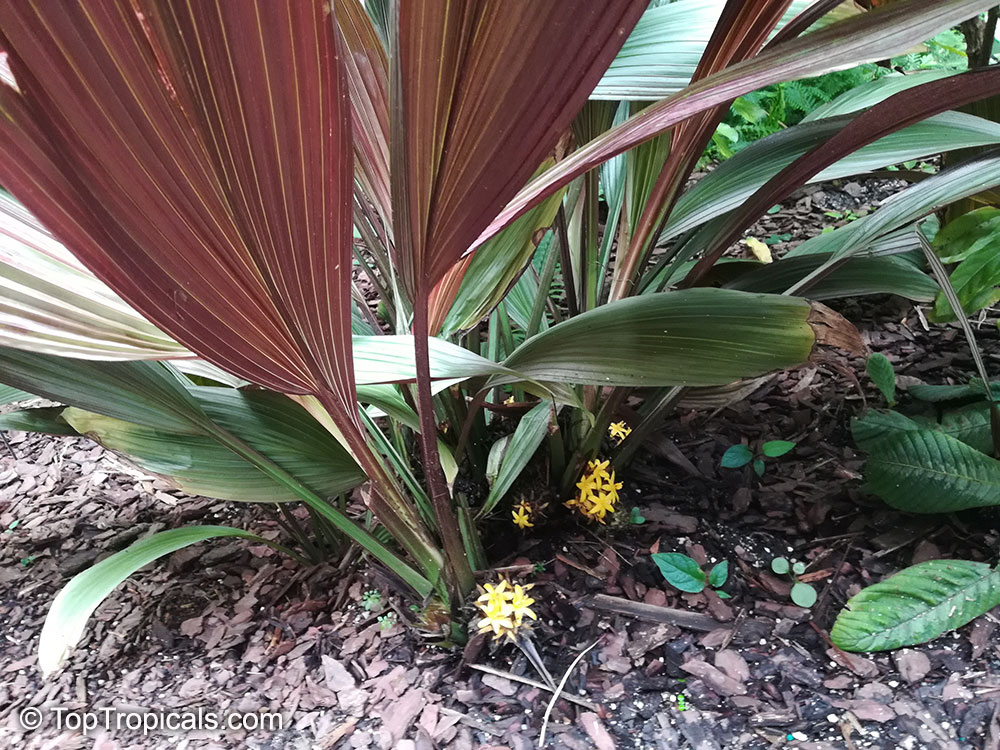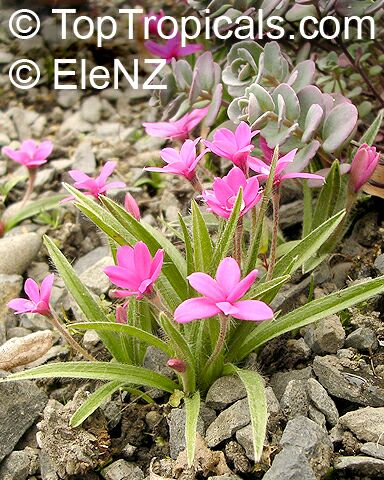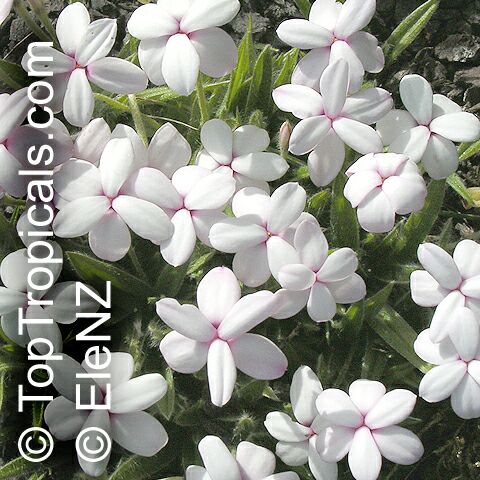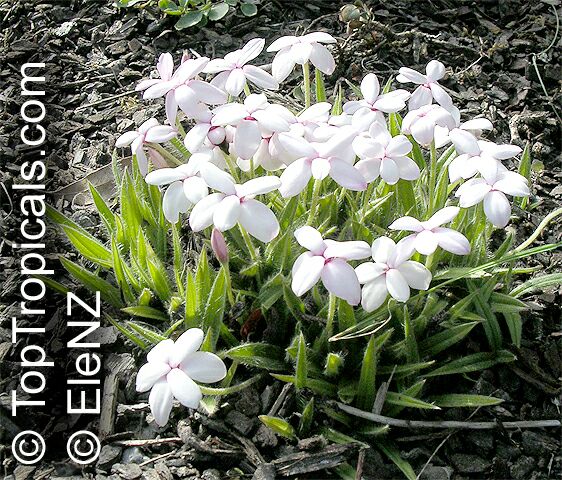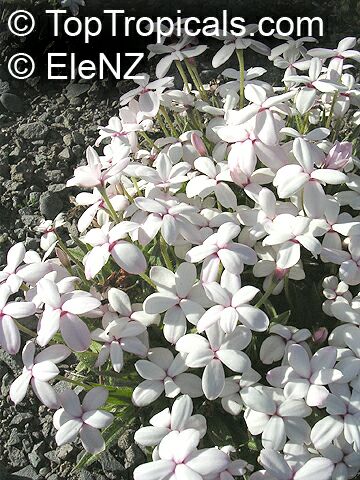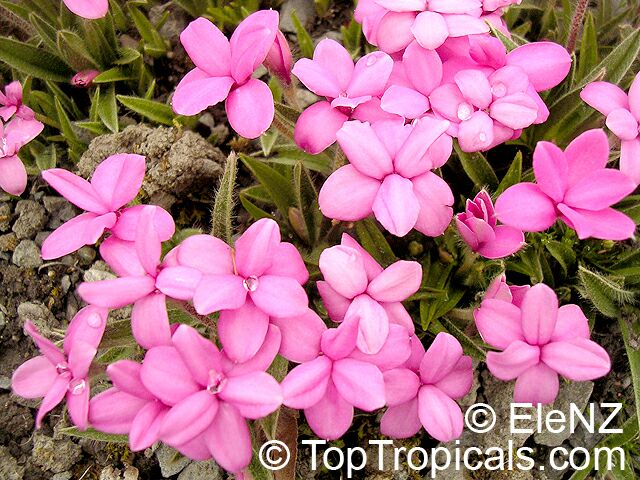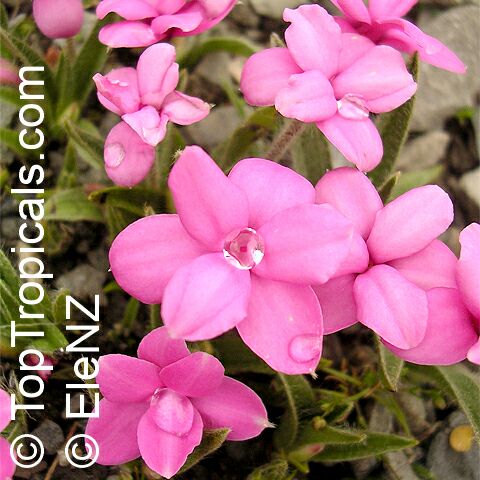Hypoxidaceae - Botanical Family
| Number of plants found: 4 |
Botanical names: Hypoxis hemerocallidea, Hypoxis rooperii
Common names: Yellow Stars, Star Lily, African Potato
Family: Hypoxidaceae
Origin: South Africa





Hypoxis hemerocallidea (Yellow Stars) is a small perennial plant growing to 2-5 ft tall. It is found in the wild throughout South Africa and grows in a variety of conditions. It is a sun-loving plant, thriving in full sun and requires moderate water. Given the right conditions it will produce beautiful yellow to orange funnel-shaped flowers that bloom from summer through to autumn. Its ethnomedical uses range from an expectorant, antiseptic and diuretic, to an anti-inflammatory, and even a treatment for poor vision.
When growing Hypoxis hemerocallidea in a pot, the pot should be left outdoors to receive full sun, but in cold regions needs to be brought inside when the temperature drops to freezing. Soil should be kept moist but well-drained. The plant should be fed every other week with a balanced fertilizer and pruned in the late winter when the plant is not in bloom.
Overall, Hypoxis hemerocallidea is a hardy and rewarding plant to grow if given care and the correct conditions. When in full bloom its magical sight and its many ethnomedical uses have made it a popular plant for many.
Botanical name: Hypoxis villosa
Common name: Golden Winter Star
Family: Hypoxidaceae
Origin: South Africa





Hypoxis flowers are symmetrical with 6 petals, are bright yellow, giving the genus its common name "yellow stars".
Botanical names: Molineria sp., Curculigo sp.
Common names: Palm Grass, Whale Back, Snout Lily, Pleated Skirt
Family: Hypoxidaceae
Origin: Southeast Asia









Rarely cultivated tropical plant from tropical Asia (i.e., Malaysia, Thailand, Kampuchea and Indonesia.) It looks like a young palm, and it has young palm-like leaves. The small yellow flowers are ginger-like, non-scented, and appear near the soil.
Beautiful pleated foliage, very durable. The color is a brighter green than most tropicals so makes a nice contrast. Never bothered by insects or any type disease. The flowers are well hidden and you really have to watch for them. The foliage is the main attraction. Leaves are about 45" tall/long and most stand up, a few curving over.
This plant is easily cultivated in humid, warm places, tolerating both sun and shade. It propagates itself through its rhyzome quickly. In zone 9 this plant will usually die back to the ground in the winter but comes right back in the spring.
The leaves add a lush topical look to any flower bed. Trouble-free plant. Very suitable for growing indoors.
Botanical name: Rhodohypoxis baurii
Common name: Rose Grass
Family: Hypoxidaceae
Origin: South Africa







Perennial flowering plant.
Alpines and Rock Gardens.
Somewhat finicky, they demand full sun, mild temperatures, and porous, peaty, lime-free soil kept moist in summer, nearly dry in winter. Will not tolerate extreme heat or cold, or wet winters. Where conditions are not ideal, grow in pots that can be moved as needed.
Use link to repeat this search:
https://toptropicals.com/cgi-bin/garden_catalog/cat.cgi?search_op=and&keyword_op=and&language=e&family=Hypoxidaceae
&number=10&no_change_lang=1&user=tt&sale=1&first=0
